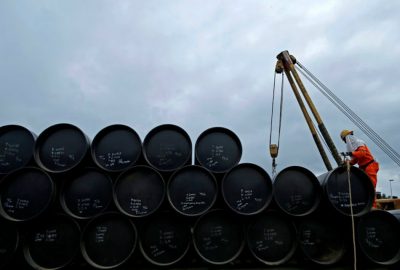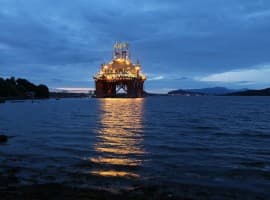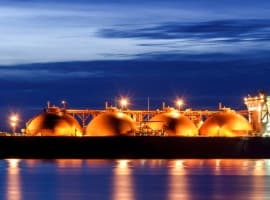
On 5th January 2025, India celebrated a decade of the UJALA scheme, a pioneering initiative launched in 2015 to promote energy-efficient lighting. Initially introduced as the Domestic Efficient Lighting Programme (DELP), the scheme was later rebranded as UJALA and aimed to make energy-efficient LED bulbs, tube lights, and fans accessible to millions of households across the country. Over the past ten years, UJALA has distributed more than 36 crore LED bulbs, transforming the domestic lighting market while addressing challenges like high electrification costs and carbon emissions.
The scheme, implemented by Energy Efficiency Services Limited (EESL) in collaboration with DISCOMs under the Ministry of Power, has grown into the world’s largest zero-subsidy domestic lighting program. It exemplifies India’s commitment to reducing energy consumption, raising environmental awareness, and improving economic efficiency. By the end of 2024, the initiative had enabled the sale of 407.92 crore LED bulbs in India, demonstrating its far-reaching impact.
When the UJALA scheme was launched, traditional lighting systems consumed significant electricity and imposed high costs on consumers. The cost of LED bulbs in 2014 was a major barrier to adoption, with prices ranging from Rs 450 to Rs 500 per bulb, compared to Rs 100 to Rs 150 for CFLs and Rs 10 to Rs 15 for incandescent lamps (ICLs). This disparity made LED adoption nearly inaccessible for the average consumer, and the share of LEDs in the lighting market was less than one percent in 2013–14. The UJALA scheme addressed this gap by making LED appliances affordable. Competitive bidding allowed prices to drop significantly, enabling consumers to purchase LED bulbs for Rs 70, LED tube lights for Rs 220, and energy-efficient fans for Rs 1,110.
LED appliances under UJALA offered significant energy savings. An LED bulb consumes only 1 unit of electricity when used for 140 hours, compared to 2 units for CFLs and 9 units for ICLs. This translates into operating costs of Rs 4 for an LED bulb, Rs 8 for a CFL, and Rs 36 for an ICL over the same period. Additionally, the annual cost of ownership of an LED bulb is only Rs 12, compared to Rs 40 for a CFL and Rs 108 for an ICL. These benefits have not only saved households significant amounts on electricity bills but also reduced the nation’s carbon footprint.
The Street Lighting National Programme (SLNP) was launched alongside UJALA in 2015 to replace conventional streetlights with energy-efficient LED lighting in urban and rural areas. The program was implemented by EESL, which partnered with municipal bodies, gram panchayats, and state governments. SLNP introduced an innovative business model where municipalities were not required to make upfront investments. Instead, EESL covered the initial costs and recovered them through annuities paid by the municipalities. This approach ensured over 95% uptime for streetlights, enhancing public safety and municipal services.
As of January 2025, EESL had installed over 1.34 crore LED streetlights, resulting in annual energy savings of over 9,001 million units and reducing peak demand by more than 1,500 MW. This also led to a reduction of 6.2 million tonnes of CO₂ emissions annually, highlighting the environmental impact of the program.
The UJALA and SLNP initiatives have collectively brought transformative changes to India’s energy landscape. They have reduced energy consumption, cut costs, and driven environmental sustainability. UJALA’s decade-long journey has become a cornerstone of India’s energy efficiency efforts, while SLNP has demonstrated the potential for large-scale energy-efficient public lighting. Together, these programs reflect the success of government-led initiatives in promoting sustainability and economic growth, paving the way for a brighter and more energy-efficient future for India.













